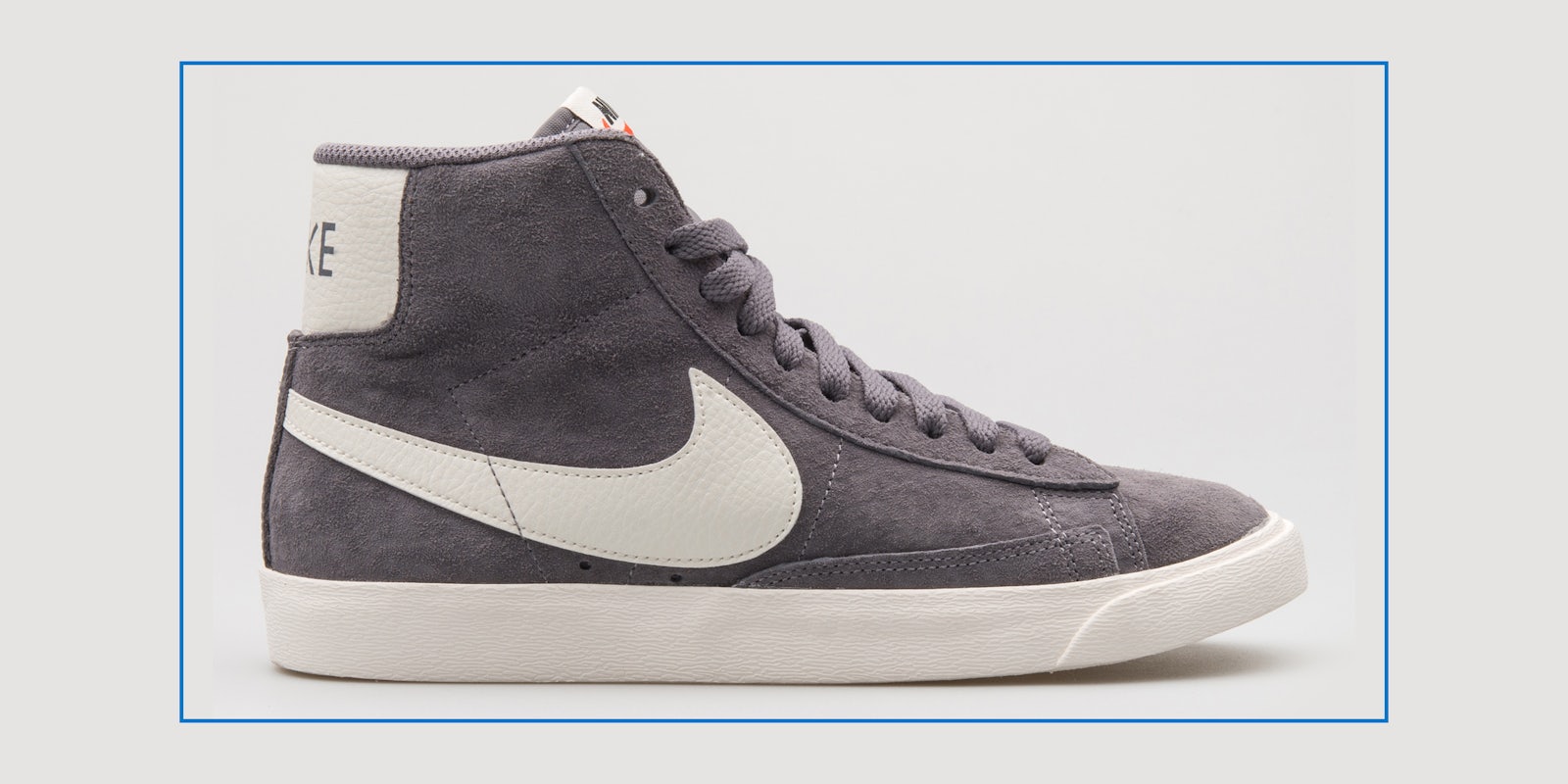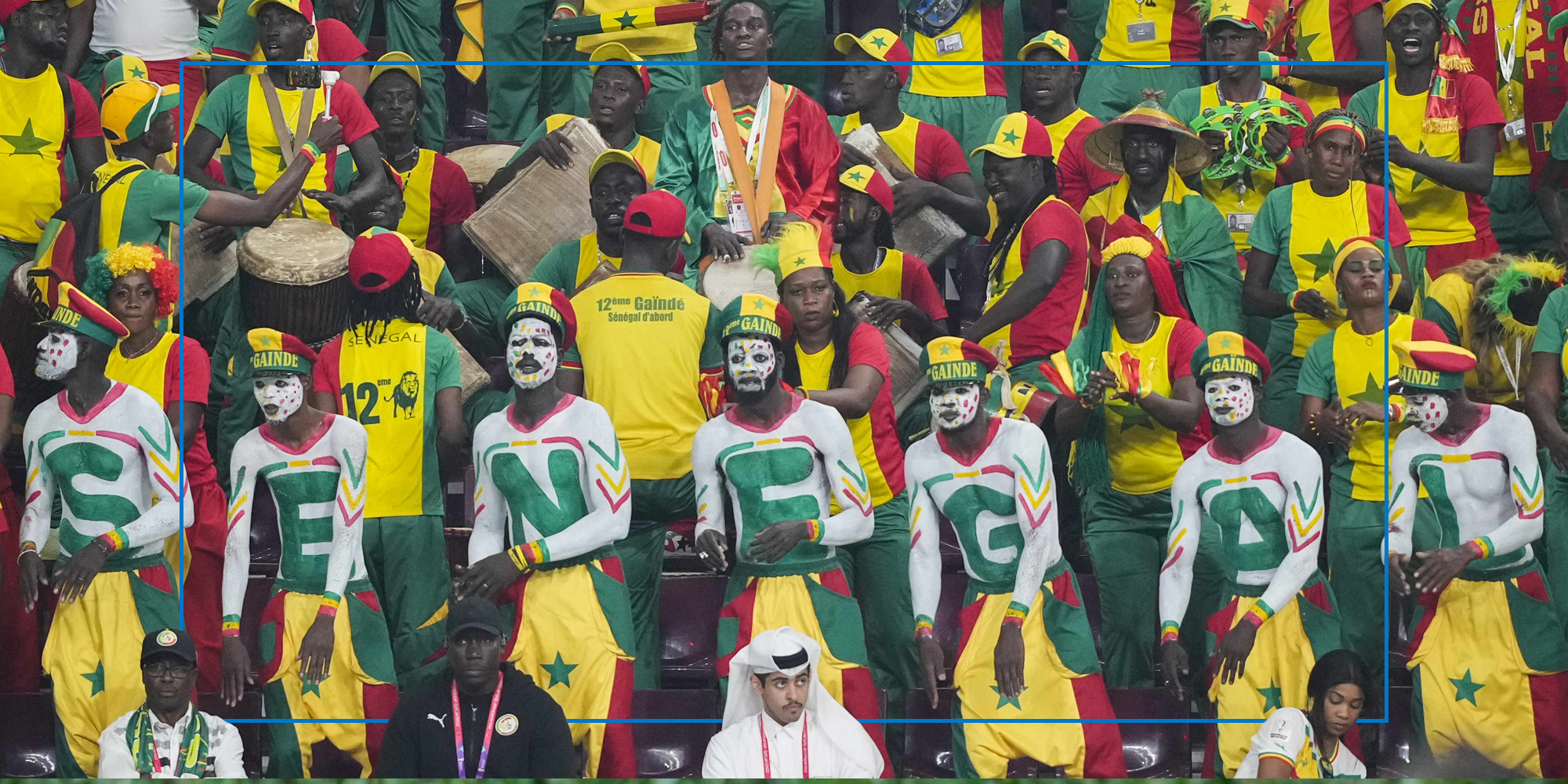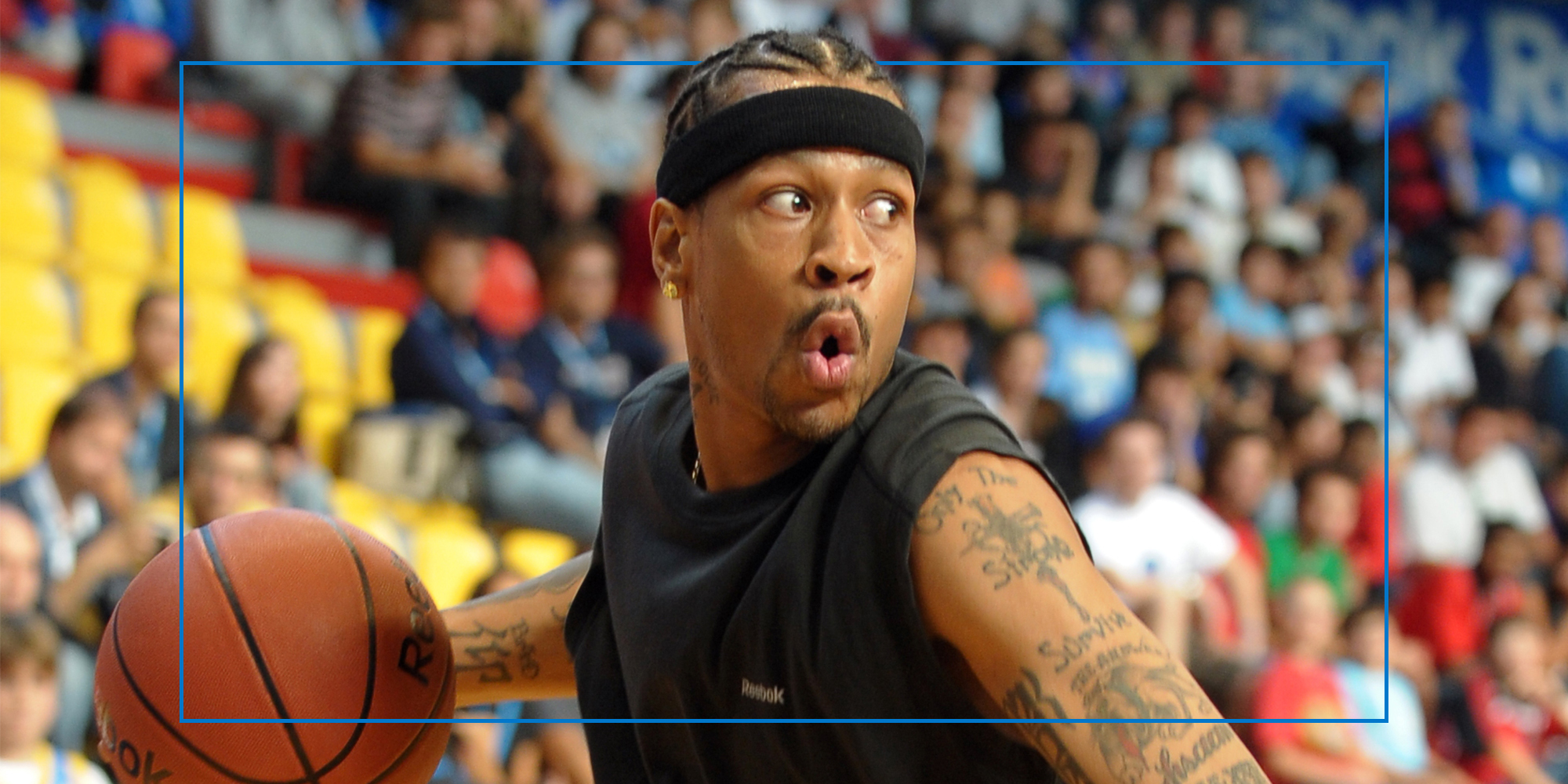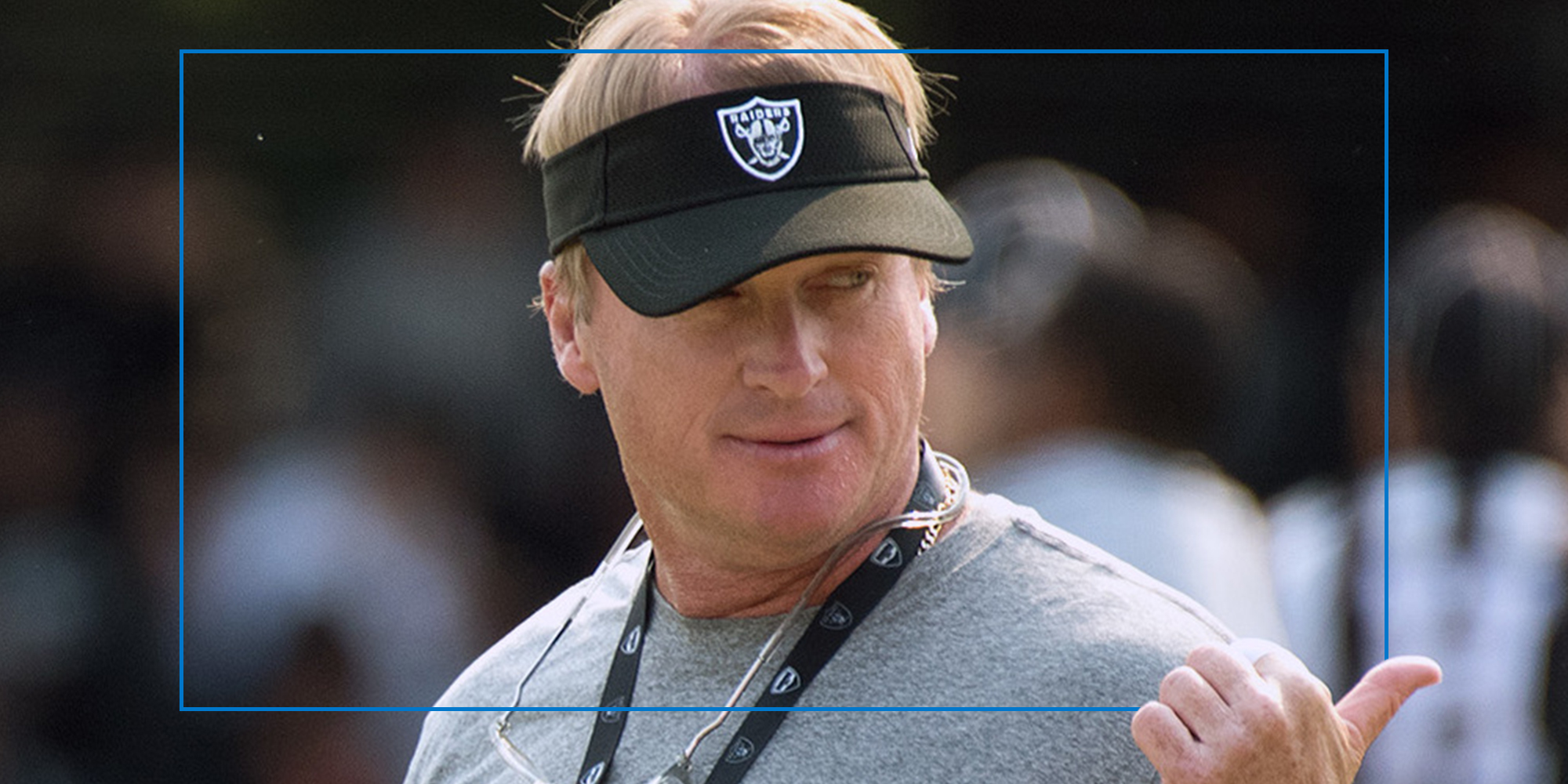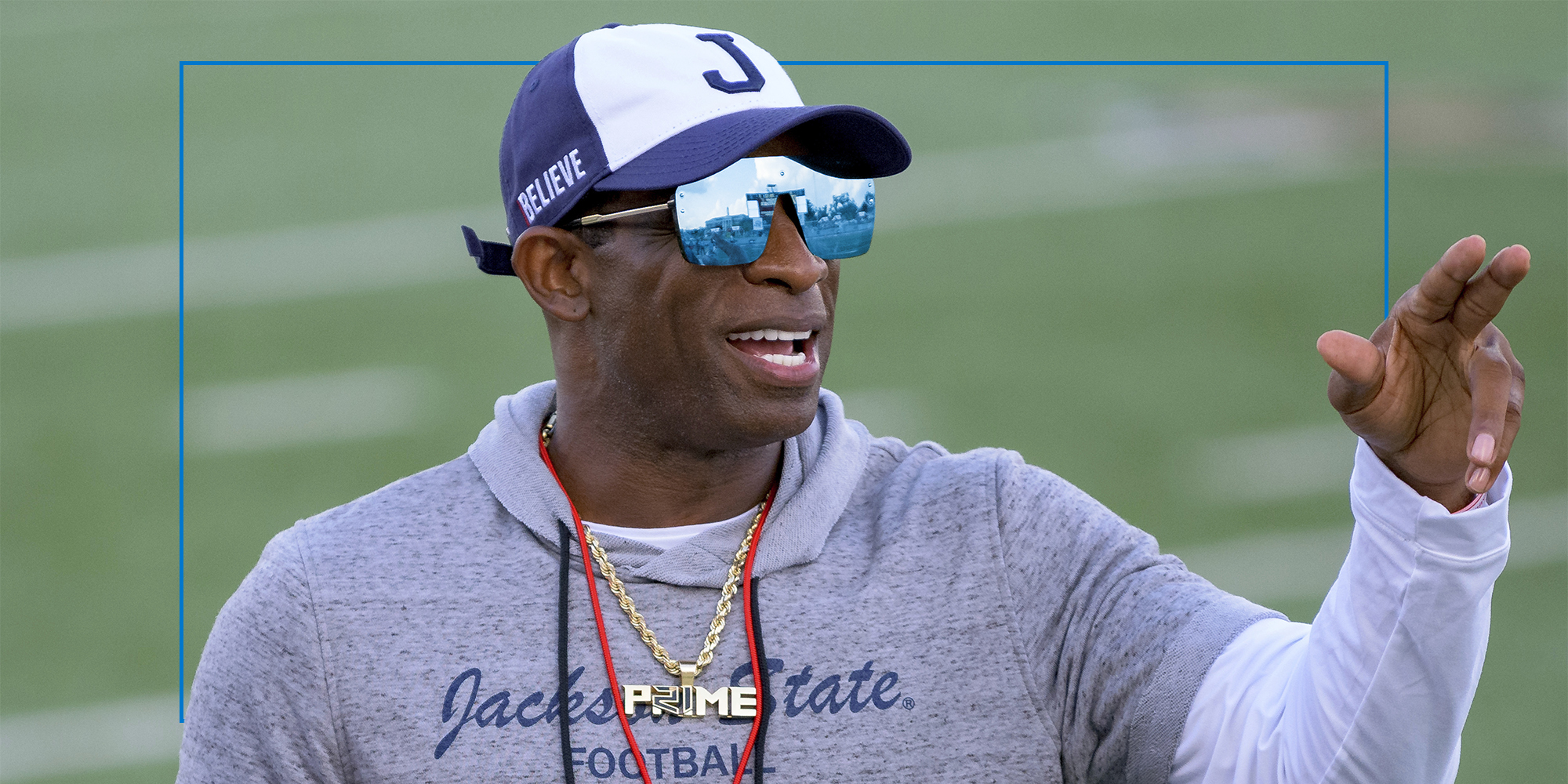20 years ago, two movies premiered that enabled millennial kids to live their dreams vicariously through two basketball fans who transformed into players with sensational balling skills — merely by acquiring magical shoes.
More people are likely familiar with Like Mike, in which orphan Calvin Cambridge — played by Shad Gregory Moss, then known by his rapper name Lil’ Bow Wow — gets a hold of Michael Jordan’s childhood sneakers. Those turn him into an NBA-caliber player overnight, landing him a contract on the fictional Los Angeles Knights. Like Mike had a budget of $30 million, was made by NBA Productions, and featured over a dozen NBA superstars. It was positioned as a movie to garner a young basketball fan base, which the LA Times reported at the time were “prepubescent kids [who would] influence an estimated $220 billion in annual spending.”
While Like Mike only has an IMDb rating of 5.3/10, its 21,000 rankings make clear that a number of people have weighed in on its influence. Moreover, its popularity among millennials really took hold in its DVD afterlife. But more important to the DVD and movie ticket sales was the fact that the “prepubescent kids” were developing a proclivity toward a Nike-centered Sneaker market, which they would continue to develop with their acclimatization to the internet.
The other far less known movie involving magical shoes, The Red Sneakers, has only received 476 votes on IMDb, garnering an even more pedestrian 5.0 rating. Despite being more of a mystery, it has quite a bit to say about a previous and important era of sneaker culture. The film chronicled a mediocre high school player, Reggie (played by Dempsey Pappion), who turns into a five-star college recruit when junk dealer Zeke (played by Gregory Hines) gifts him a pair of red Converse high tops. In the film, Zeke tells Reggie that the Chuck Taylors were previously worn by Willy “the Wizard” Slocum of the Harlem Rens – an all-Black Basketball Team active in the 1920s through 1940s, a period known as the “Black Fives Era.” Zeke tells Reggie that Slocum was “only the best player on the best team to ever run the hardwood.”
There actually was no one named Willy Slocum; Zeke is likely referencing an amalgamation of Hilton Slocum and Willy Gates, who played on the Rens at different times. But, in either case, when Reggie hears about this history, he takes them to the East Brooklyn Community Center and feels the magic.
Mark Saltzman, who was brought on board to rewrite the film, remembers The Red Sneakers being sold as an homage to The Red Shoes — an iconic 1948 film about ballet. Initially he thought the magic shoes would be made for dancing, but quickly signed on to a sports film work with the late Hines.
“I now look back on the fact that I was a white writer on a Black film and wonder how we did that,” he recalled, “but then remember that Gregory Hines was there to give it the grounding that it needed. Gregory was there and involved to bring it that authentic experience.”
In many ways, The Red Sneakers also offered prescient commentary on the more realistic racialized and exploitative dynamics of high school sport profiteering. Joe Diamond, a self-styled scout who preys upon young athletes hoping to direct them to colleges and shoe companies to sign with later, hangs around Will Foster High School, emerging as the villain’s henchman. The actual villain is Mr. Mercado, the owner of Eris Athletic Shoes, who is looking to sign and recruit young athletes to their footwear line when they ultimately go pro. Because students attempting to be like Reggie are buying used red Converse high tops, instead of buying his high-priced footwear, he sees Reggie as “undercutting [them].”
Moreover, crucial to the film is that instead of the players wanting to be “Like Mike,” they actually want to be like Allen Iverson. Washington Post writer and author of Not a Game: The Incredible Rise and Fall of Allen Iverson, Kent Babb, notes that this was a significant turn in the 1990s as “a birth of the anti-hero.”
“The Iverson Effect was enormous,” he noted. “It was the biggest cultural effect in NBA history. It made the NBA and a certain kind of life accessible to Americans and in particular Black Americans who were not seven feet tall.” Babb’s comments not only matched the different markets to whom these films were marketed and upon which histories they drew, but specific characters in the film.
Reggie and his teammates come from a background more similar to Iverson’s, and distinctly want to be like him, even if the shoes through which this is rendered pays respect to a deeper history of subversive Black athletes. A certain authentic spirit is captured in the red Converse, projected toward a new basketball-crazed populace.
As Babb put it, “Iverson helped to turn the NBA into a Black and non-wealthy option for entertainment.”
While both 2002 films, in different ways, project the fantasy of wearing magic shoes, they simultaneously remind audiences that the footwear industry is an enormous driver of capital growth in the NBA and beyond. The following year, in 2003, Nike bought Converse for $305 million, and continued to solidify itself as a dominant brand beyond sport, and in the world of sneaker culture, and culture more generally.
The two films did not necessarily influence the deal — who the movies were marketed to and for — but their legacies offer a lot of insight into how magic shoes captured a particular type sociocultural zeitgeist and left an impact on the sneaker industry for millennials going forward.
Sneakers have a storied history. Many cite Henry Nelson McKinney, an advertising agent for N. W. Ayer & Son, for originating the term “sneaker.” McKinney differentiated sneakers from other shoes by noting that the rubber soles made it possible for one to “sneak” around while wearing them. The agility required of top-tier basketball players – jumping to great heights and landing lightly, changing direction at lightning speeds – made them the ideal candidates to help market and sell “sneakers.”
Decades before Nike founder, Phil Knight, was even born, the New England-based Converse shoe company realized they would need impressive athletes to market the value of their footwear. They convinced Chuck Taylor – the best high school player in America – to wear the shoes and they quickly became the most popular footwear choice for years.
Not long after, in 1923, the New York Renaissance (“Rens”) were founded in Harlem, NY, as the first Black-owned basketball team. They all wore Chuck Taylors. Although The Red Sneakers was not nearly as popular as Like Mike, it revived a history not well known – not just a narrative around the Black Fives Era, but one in which Converse once were cool.
By 2002, that had obviously changed, and Nike, and more specifically the Jordan brand, had a lot to do with it.
In the 1980s, when Michael Jordan signed his first professional contract in the NBA, Nike (which wasn’t nearly the behemoth it is now) bet big on the rising star. Nike somehow, magically even, wooed Jordan in part by its offer to make a special rule-breaking sneaker in his likeness. There’s some dispute as to whether or not the red and black Air Jordan 1 was actually banned by the NBA for not conforming to white shoe color norms, but no one doubts that it was a brilliant stunt by Nike in marketing.
Whatever controversy actually materialized, Nike packaged the drama into an enticing campaign. In 1984, the company created the Air Jordan. Then, it released a commercial showing Jordan dribbling while panning from above his head down to the floor, with voice-over commentary adding an air of mystique. “On September 15, Nike created a revolutionary new basketball shoe,” it read. “On October 18, the NBA threw them out of the game. Fortunately, the NBA can’t stop you from wearing them.”
Declaring them banned made them that much more desirable. Although Nike had to pay a $5,000 fine for each game Jordan wore the shoes, customers flocked to buy them and the company more than recouped its losses, selling an estimated $144 million in the first year.
Of course, they couldn’t be banned for just anyone. Just as Converse had released commercials that made consumers want to be like Dr. J, Larry Bird, and Magic Johnson, Nike also made a shoe that made people really want to be like Mike.
Very quickly, investments in marketing between athletes and musicians became the pathway forward to create future Sneakerheads. Run-DMC signed a deal with Adidas the following year for $1.6 million. In 1986, Spike Lee released She’s Gotta Have It, in which Mars Blackmon embodied the spirit of what was becoming Sneakerhead culture. Nike would then use Lee as Blackmon in an ad campaign alongside Jordan and continue to realize the immense value that product placement could yield when hip-hop, sports, and general ideas of coolness overlapped.
Limited-release sneakers became hot commodities in popular culture, but also formed the backbone of a rapidly developing resale shoe in the industry. It’s odd to think that sneakers – shoes with a tremendous use value – became exchangeable items with undulating tradable worth.
Initially, being a Sneakerhead meant hanging around shoe stores, even camping out, on weekends, to see and acquire the newest, freshest pairs. In the documentary Sneakerheadz, many of the earliest collectors referred to it as a “contact sport.” In the 1980s, Sneakerheads would take buses around the east coast to see, in person, for the first time, what the latest shoe drops looked like.
By the early 2000s, being a Sneakerhead changed forever with the advent of online resales.
Just before the new millennium websites began popping up like Nike Park, Nike Talk, and eBay, which helped to grow the resale market and further expand the geographical reach of sneaker culture. Collaborations and sponsorships with athletes and musicians also continued to help grow this appeal.
Thus, Like Mike, was not totally new in that way. But it did appeal to kids, and casting Lil’ Bow Wow – both a rapper and (in the movie) and NBA-caliber player – tapped into dreams and fantasies of an up-and-coming, online-consumer base.
Since then, the online sneaker market has only helped to grow sneaker culture. Now, dozens of websites not only offer shoe selling and buying; several are engaged in projects of valuing and predicting trends.
In 2015 Dan Gilbert, Greg Schwartz, Chris Kaufman, and Josh Luber launched StockX. Luber explained in a Ted Talk how sneakers could be seen as comparable to the stock market, with a primary actor making the rules. “That someone,” he explains, “is Nike.” At the time, of the $1.2 billion secondary market, Nike counted for 96% of those sales.
StockX is more than an online marketplace; it facilitates auctions, features variable pricing frameworks, and even authenticates certain commodities. StockX treats commodities – primarily sneakers — as if they were stocks. And it partners with major entertainers and athletes to help grow its platform.
You can buy the Nike Blazer 77 Mid Vintage “Like Mike” stylized shoe on StockX. You can also buy many special editions that draw on company and entertainment nostalgia, like “Coming to America” Blazers paying homage to the Eddie Murphy classic, Quagmire Dunks that pay homage to randy Family Guy character Glenn Quagmire. There are also shoes reselling for several hundred dollars that honor Budweiser, Tecate, Guinness, Heineken, and other beer companies.
It’s unlikely that they’ll have been worn by Michael Jordan, Hilton Slocum, Willy Gates, or any of the famous icons upon which the sneakers’ likeness was built. But there’s no saying as to whether StockX sneakers, too, in their own way, could be magical shoes.
(And, if you are inspired by a different brand of magic, you can buy Converse Chuck Taylors there as well.)
Hannah Borenstein is an anthropologist and writer. She is a Harper Schmidt fellow at the University of Chicago Society of Fellows.
See more stories from Presser – examining the intersection of race and sports online.

